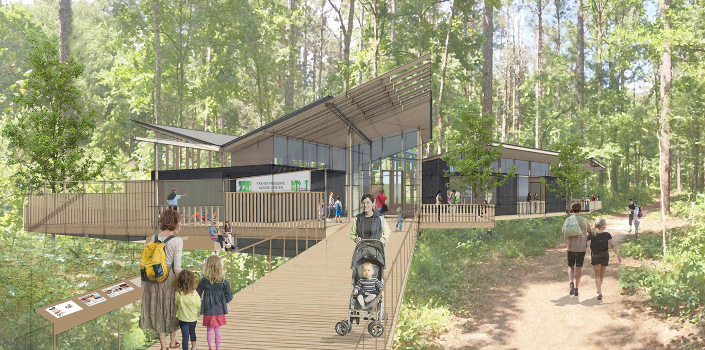WAN Awards judge Tom Chung on the freedom and joy of building with mass timber
The Principal at United States-based architects Leers Weinzapfel Associates (LWA) is a leader in mass timber design. Read on for his take on the increasingly innovative technologies opening up new architectural possibilities with this traditional material.
